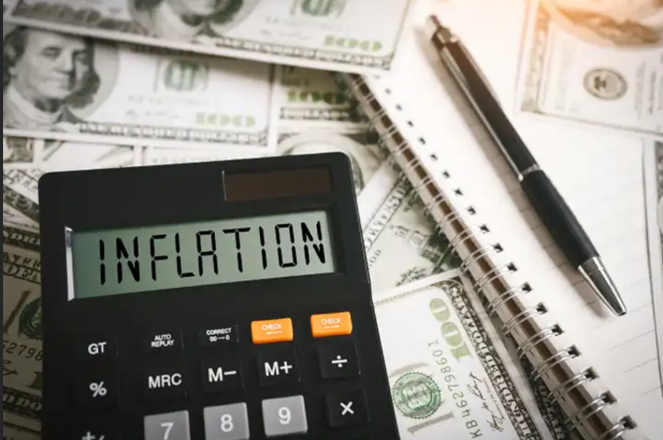Dear Clients and Friends,
The last time inflation was double digits was 1981, where inflation ended the year at roughly 10%. Since then inflation has been on a downward trajectory, and very manageable for the US consumer. With a brief stint in 2008-2009, deflation has been almost non-existent in our economy and this is by every measure, a triumph of monetary policy. To get a more granular picture of why inflation matters, and why investors should pay attention to this number we have to look back at the history of inflation, and in this exercise, we can gain some understanding of why inflation/deflation matters.
From 1930 through 1934 the US economy experienced a severe contraction which lead to four straight years of high single digit deflation, and we call this period ‘The Great Depression’. Borrowers have debts that stay the same and the assets securing those debts go down in price creating forced selling of assets which begets lower asset values. As assets shrink in value the economy craters. If inflation is the common cold, deflation is Ebola. Monetary authorities largely failed the US economy in the 1930s, and swore to never repeat tight monetary policy in the midst of a crises. Hence, we have had monetary policy that has been steering the economy with a bias towards mild inflation ever since.
The modern phenomena of low inflation can be partly attributed to two driving forces, 1. Technology and 2. Demographics. The ‘baby boomer’ generation is retiring and moving out of the consumption phase, and technology has driven down the prices of goods and services as it continues to ‘cheapen’ the costs of doing business. The outsourcing of jobs has also been a driver, but in a free market economy the profit motive seeks efficiency and therefore free markets tend to force prices down over time. It is a virtuous cycle that creates value and sustains economic growth. Assets slowly go up in price, and the cash generated by these assets drops to the bottom line, creating higher asset prices.
So why should the investor care about inflation? The answer lies within a simple truth about lifestyle and incomes. Today, if you decided to place money in an asset that returns very little, such as cash or CDs, you will experience a negative return after you factor the effects of inflation. So, inflation is the new hurdle for ‘safe’ investments, and most safe investments can’t match inflation. If you want your purchasing power to remain constant over a 30-year period you need a return that at least matches inflation, and this is creating problems for savers. Monetary policy seems to be ‘pushing’ traditional savers into accepting some risk, and this is not a good thing. How does this end? Either growth returns and inflation firms up, or we see growth stall and we begin to see the ominous signs of deflation. What we should all want is growth, because growth with a dose of inflation solves most economic problems.
The opinions voiced in this material are for general information only and are not intended to provide specific advice or recommendations for any individual. All performance referenced is historical and is no guarantee of future results. All investing involves risks including loss of principal. No strategy assures success or protects against losses.
The economic forecasts set forth in this material may not develop as predicted and there can be no guarantee that strategies promoted will be successful.

